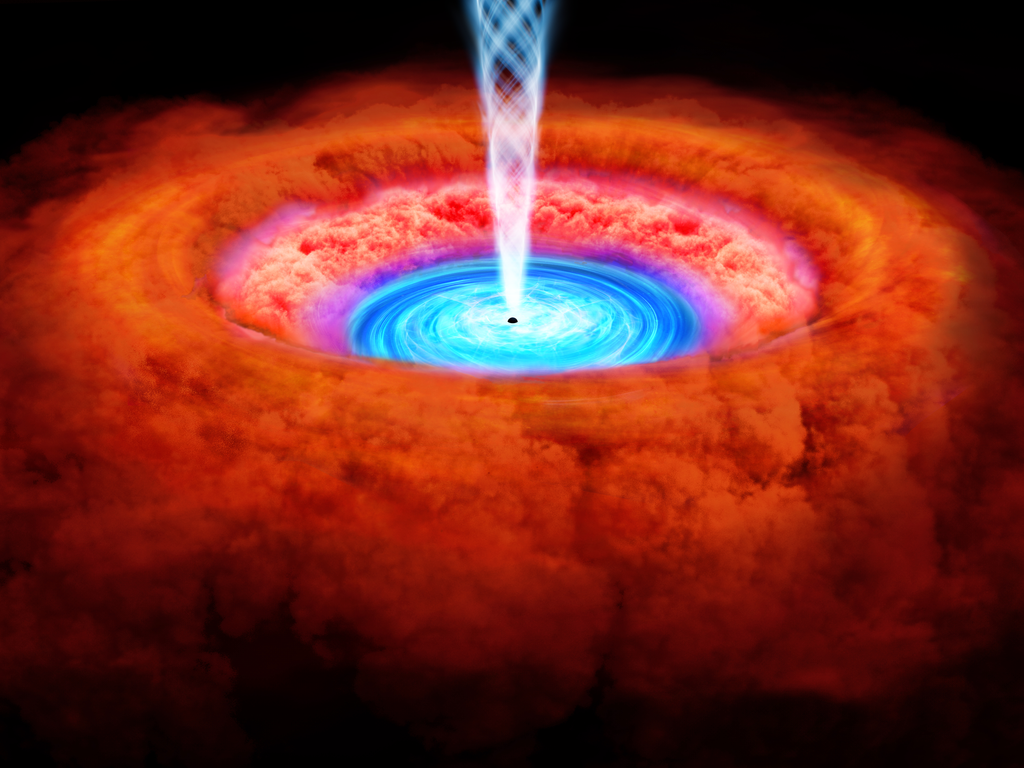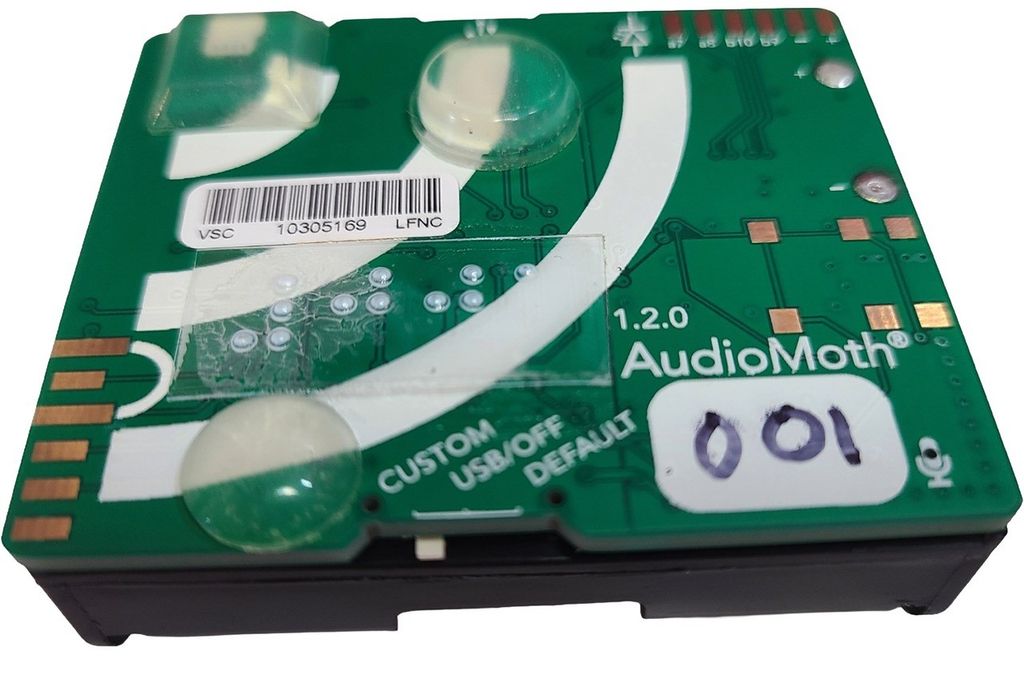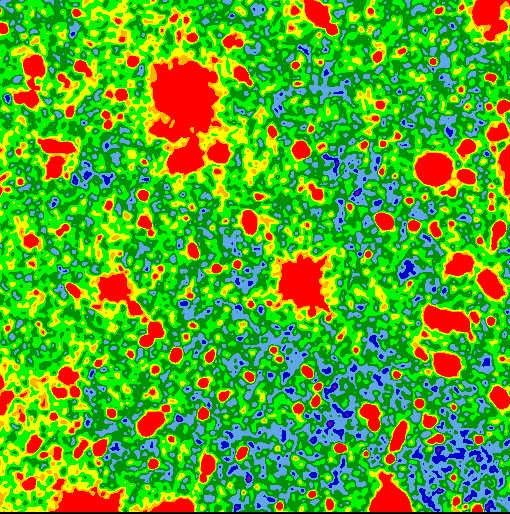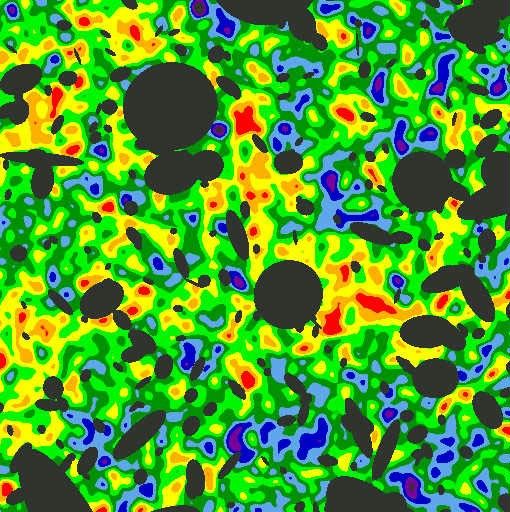A closer look at the Hubble Space Telescope's most detailed image, the Hubble Deep Field, reveals that the faint galaxies seen by Hubble could account for most of the visible light in the cosmos. "We appear close to completing a 'light census' of the universe," reports Michael S. Vogeley of the Princeton University Observatory. "The extraordinary smoothness of the background sky suggests that most of the visible light in the universe hails from galaxies that Hubble can detect."
These results are being announced today by Dr. Vogeley to the 191st meeting of the American Astronomical Society in Washington, DC.
The Hubble Deep Field, an image obtained in 1995 when Hubble observed one location on the sky for two weeks, found galaxies that are billions of times fainter than could be seen with the naked eye. Vogeley probed apparently blank patches that lie between the faint galaxies. He searched for tiny ripples in the sky brightness that would indicate the presence of even more galaxies.
"Just as large waves require a deep ocean, large variations in the sky brightness would indicate a large amount of extra light from undetected galaxies," says Vogeley. "We find only very tiny variations. In between the faint galaxies, the sky brightness varies by less than one-tenth of one percent over regions that are about one-millionth of the area of the Moon."
This measurement of fluctuations in the sky brightness is extremely complicated because small variations in the sensitivity of the camera on Hubble could masquerade as variations caused by faint galaxies. A new instrument on Hubble, the Advanced Camera for Surveys (to be installed using the Space Shuttle in 1999), will more accurately measure this sky brightness.
Identification of all the sources of visible light is a crucial step toward understanding the history of star formation and galaxy evolution. If, as astronomers suspect, the universe underwent a period of copious star formation when it was about half its current age, then the radiation from this burst of star formation would now be detected as visible light.
"An important task for cosmologists is to understand the origins of cosmic background radiations at all wavelengths," says David T. Wilkinson of the Princeton University Physics Department. "Now that the visible component seems to have been measured, it is important to account for it. Vogeley's work indicates that most of the visible light filling the universe comes from galaxies like those in the Hubble Deep Field and not from still fainter galaxies."
"This is an important advance in surveying the contents of our universe," says James E. Peebles of the Princeton University Physics Department.
"Astronomers have always been plagued with the question of whether some, or even most of the universe lurks below the detection limits of our telescopes," commented Neil deGrasse Tyson of the American Museum of Natural History's Department of Astrophysics. "We can now construct theories about the evolution of the universe with the added confidence that few galaxies are missing when we look to the sky with our most powerful optical telescopes."
Recently, Rebecca A. Bernstein of the Carnegie Observatories used ground-based telescopes in conjunction with Hubble to measure the average brightness of all the light that comes to Earth from beyond our own Galaxy. Uncertainty in this difficult measurement allowed the possibility that this average brightness could be much larger than the light from detected faint galaxies. Today's announcement indicates that there is not a large excess of background light.
Questions remain about exactly how many fainter galaxies continue to evade detection by Hubble. More galaxies could exist, but are either too faint or too distant for them to contribute significantly to the visible light seen from Earth. This analysis of the Hubble Deep Field also does not address the possibility of many galaxies that are hidden from view by dust or are so far away that the expansion of the universe has redshifted their visible light into infrared wavelengths. NASA's proposed Next Generation Space Telescope would allow us to observe the universe as it appeared when it was a small fraction of its current age, by capturing this infrared radiation.
FUNDING ACKNOWLEDGMENT: This work was supported by NASA through the Space Telescope Science Institute's Hubble Fellowship program.




























